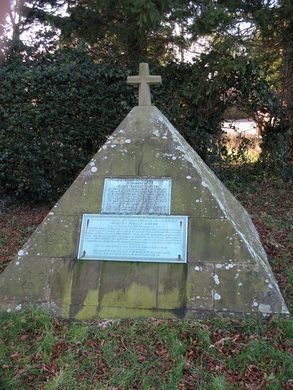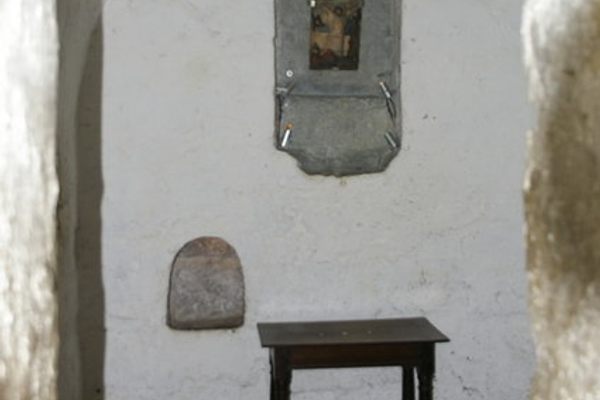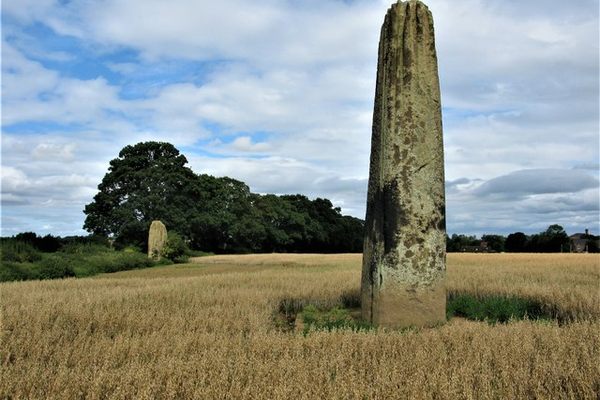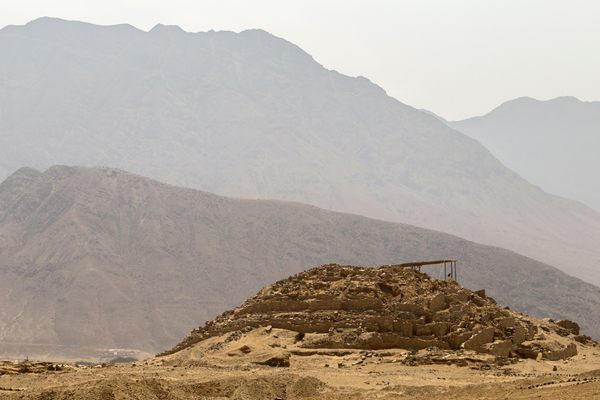Grave of Charles Piazzi Smyth
The pyramid-shaped grave of one of the first mountain astronomers and a pyramid theorist.
Sometimes the line between science and conspiracy theories can become blurred. A popular topic where these fields cross is Egyptology and the origin of the pyramids. These days, there are hundreds of theories on how the pyramids were built, varying in levels of plausibility. One of the forefathers of these theories interestingly was both a prominent scientist and someone who had interesting views on the creation of the pyramids.
Isaac Newton was the first to suggest in 1704 that better astronomical observations might be possible on high altitudes. However, nobody perused this theory until Charles Piazzi Smyth petitioned the admiralty in 1856. Several months later, he traveled to the island of Tenerife and set up a 3.6-inch telescope on the peak of Mount Guajara, an 8,900 foot (2,700 meters) peak. His findings proved what Newton was postulating. It encouraged more researchers to construct telescopes at higher altitudes throughout history. With his newly found fame and reputation, Smyth focussed on a new topic, Pyramidology.
He used specially designed equipment to measure the pyramid stones, the angles of the construction, and the inside sections. He also designed a special camera for interior and exterior photography, some of the first and most precise photos of the time. However, he also became consumed with proving that the pyramids were a sign of divine intervention.
His primary evidence was a special unit of length known as the pyramid inch, that allowed for numerical relations between the pyramids and the cosmos. Unsurprisingly, the Royal Society refused to publish the work and so did other journals. Smyth took this very personally and resigned from the prestigious association. He advocated for his theory for his entire life, and was a stark critic of the metric system.
While it may sound odd now, this theory was a major argument in the discussion for the metricization of the United States and the United Kingdom.
Although Smyth’s life was filled with controversy, he is seen as one of Scotland’s most prominent astronomers. His gravestone attests to this, as it’s a small pyramid with a very wordy plaque. Apart from the usual details it also reads:
“Astronomer Royal for Scotland from 1845 to 1888, who earned unperishing renown by his journeys to distant lands for scientific objects, and by his eminent Astronomical and other Scientific Writings and Researches. As bold in enterprise as he was Resolute in demanding a proper measure of public sympathy and support for Astronomy in Scotland. He was not less a living emblem of pious patience under Troubles and Afflictions, and he has sunk to rest, laden with well-earned Scientific Honours, a Bright star in the Firmament of Ardent Explorers of the Works of their Creator.”
Know Before You Go
The grave is freely accesible.

















Follow us on Twitter to get the latest on the world's hidden wonders.
Like us on Facebook to get the latest on the world's hidden wonders.
Follow us on Twitter Like us on Facebook